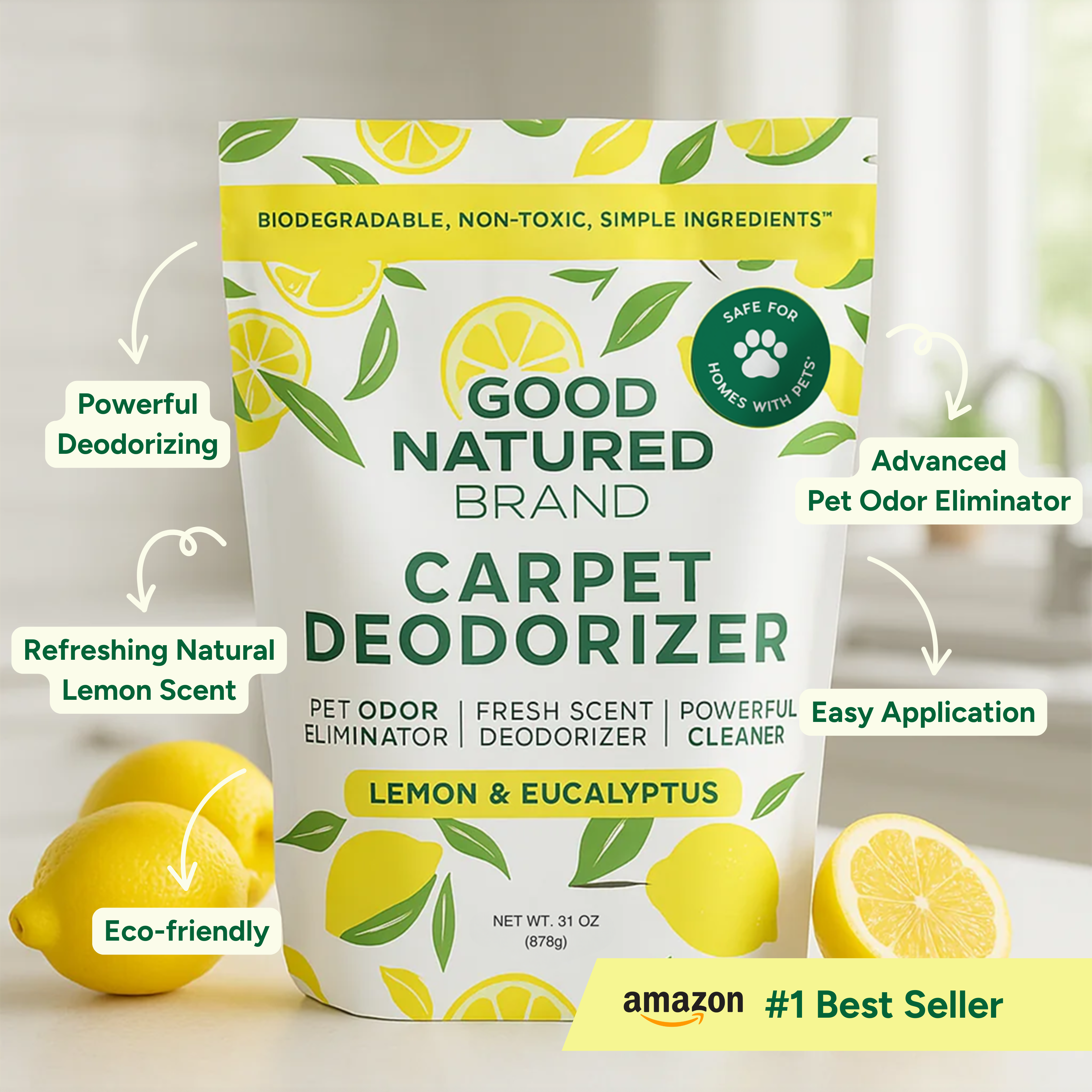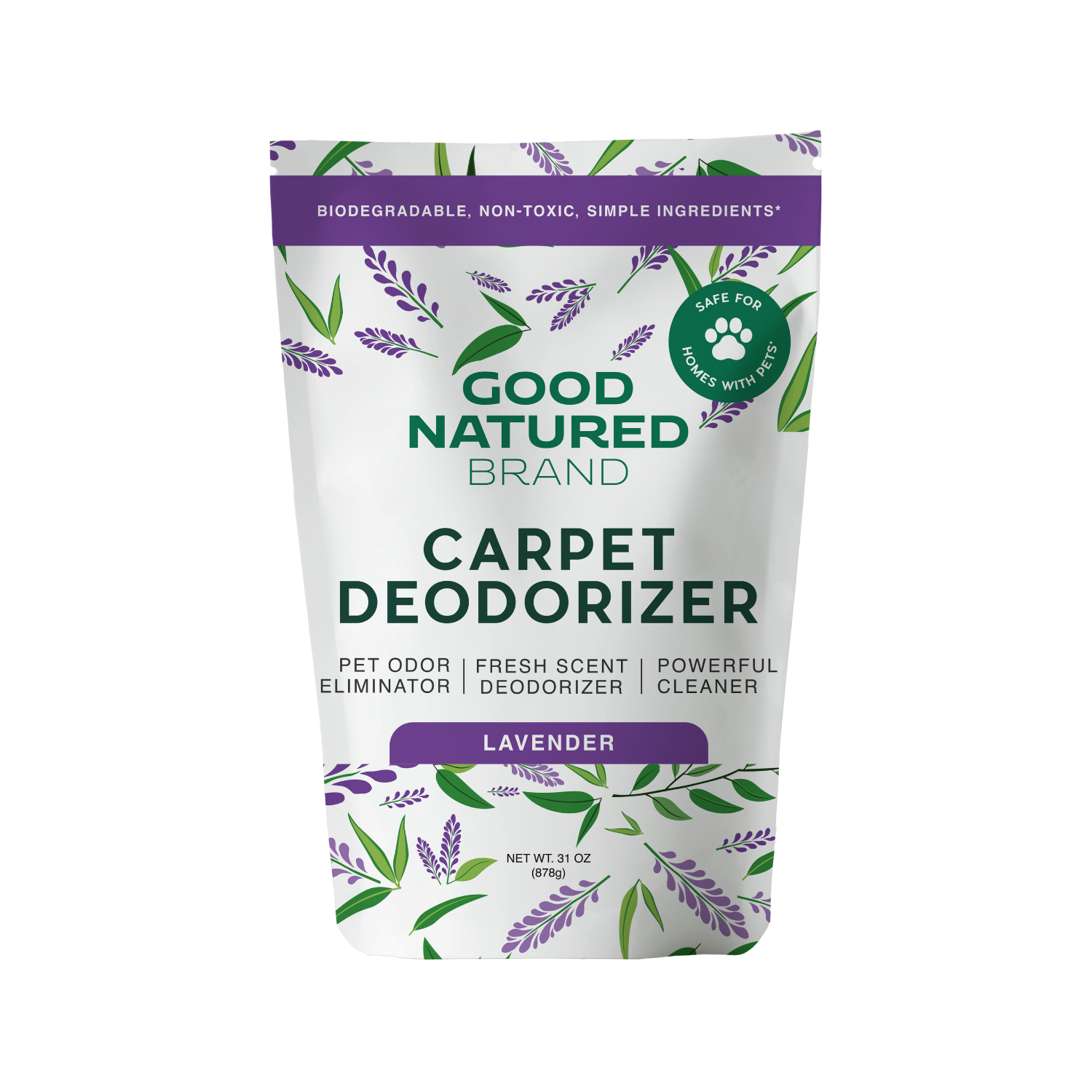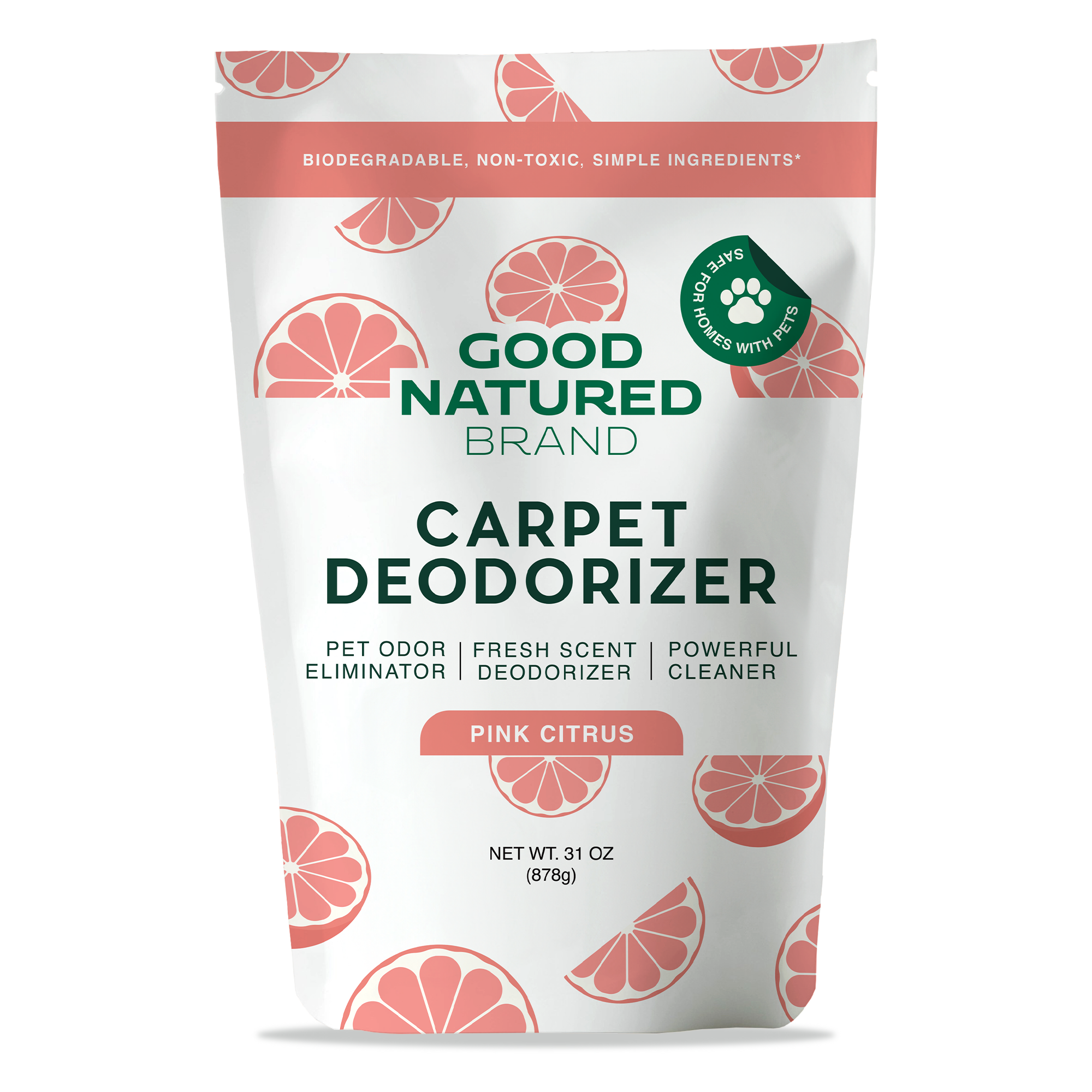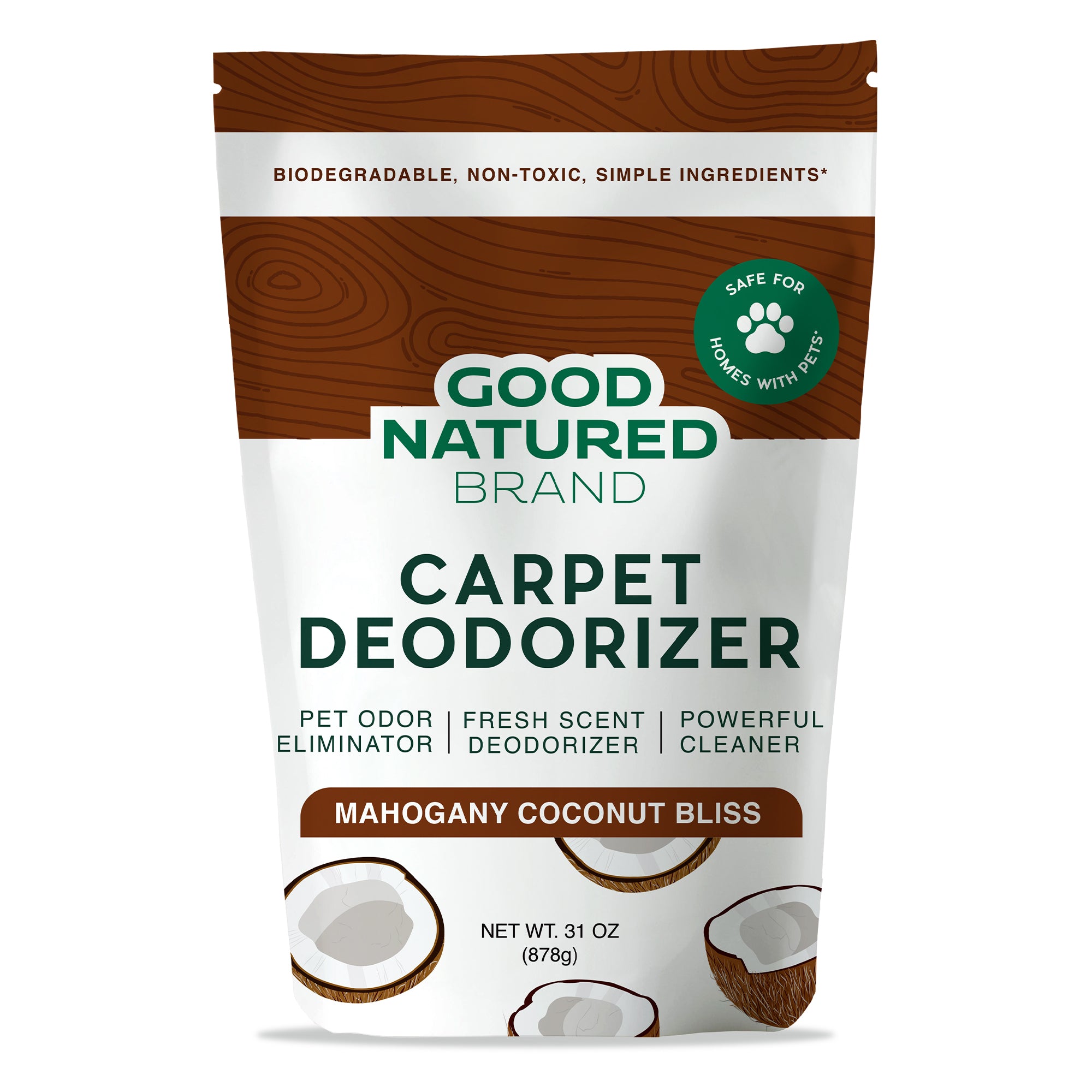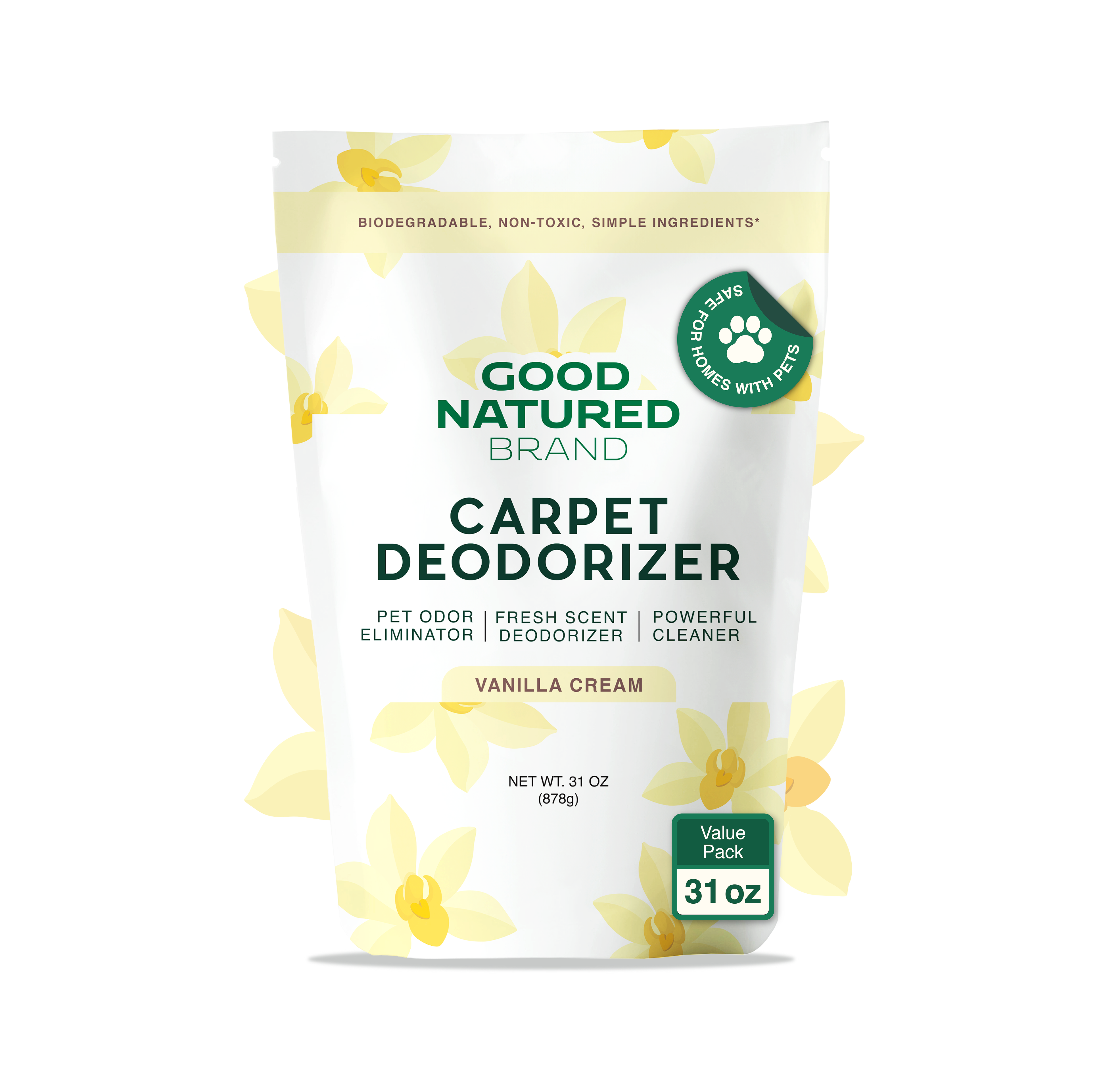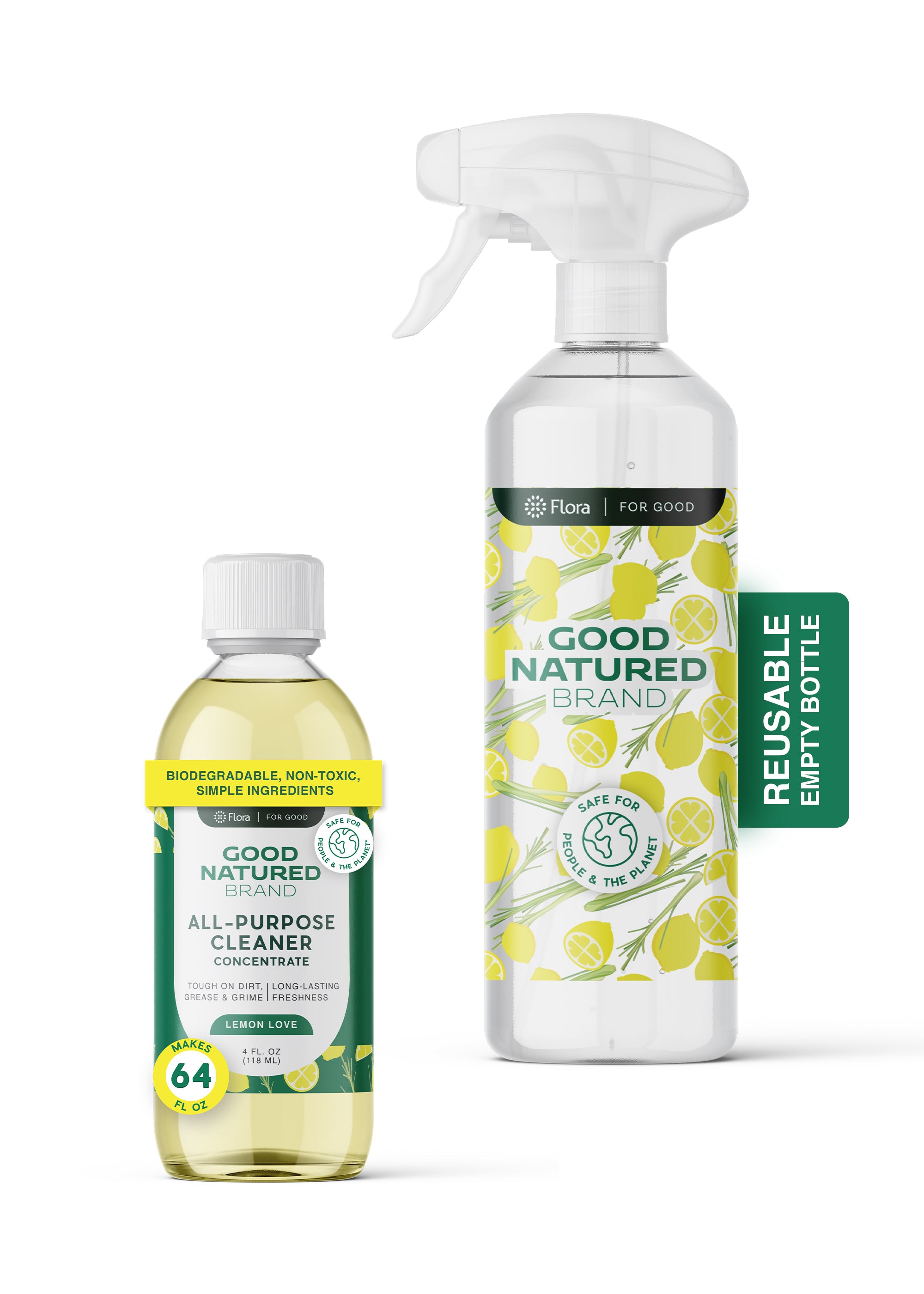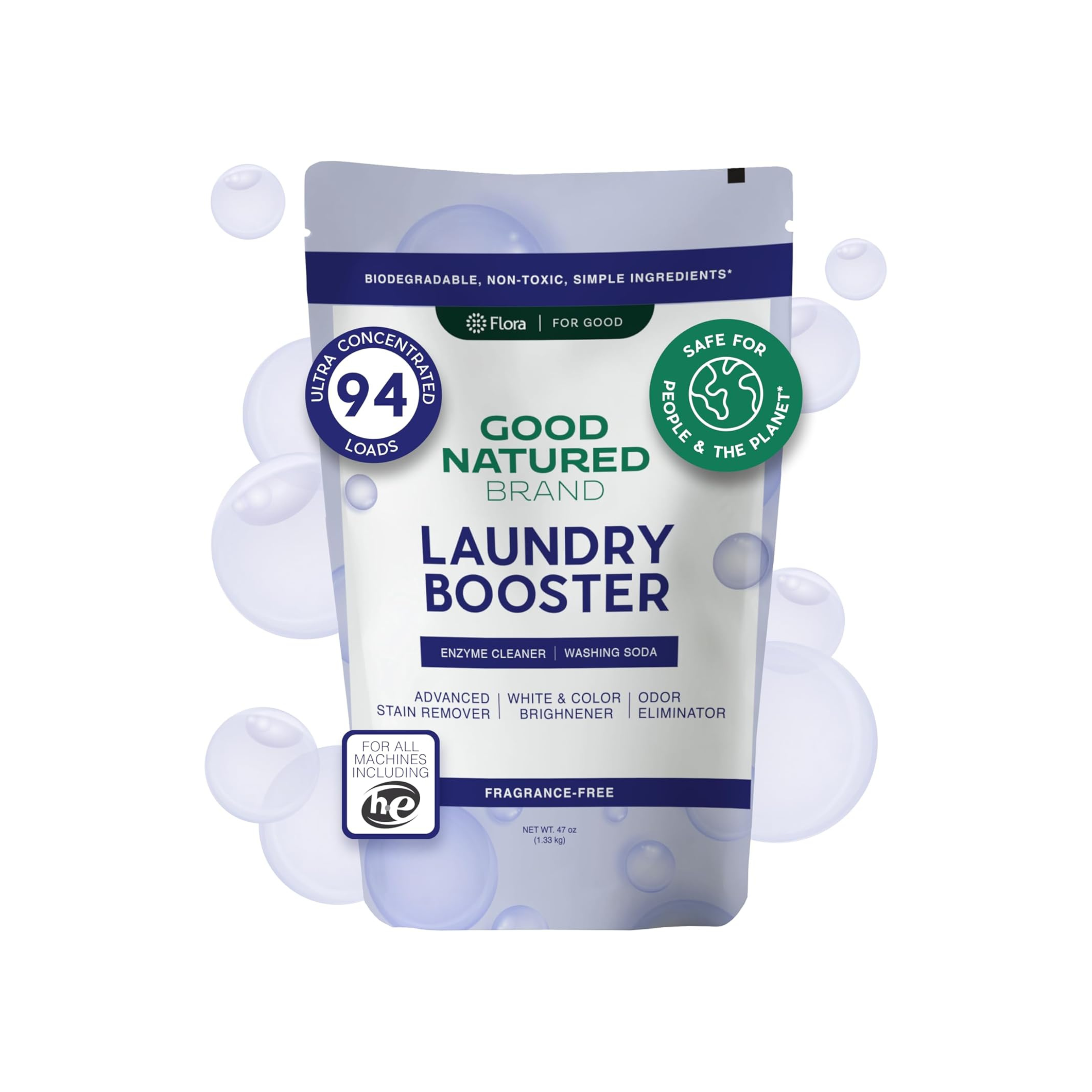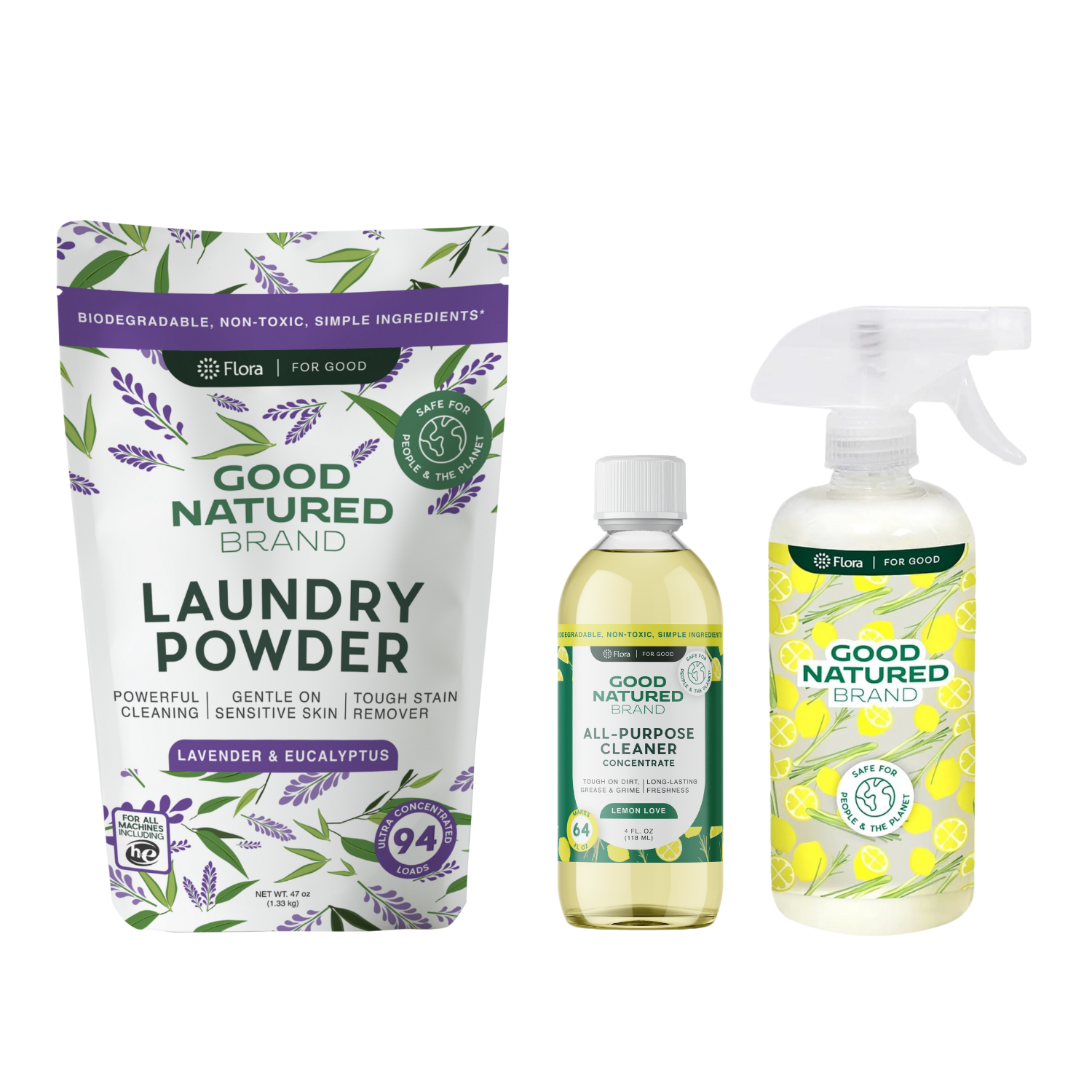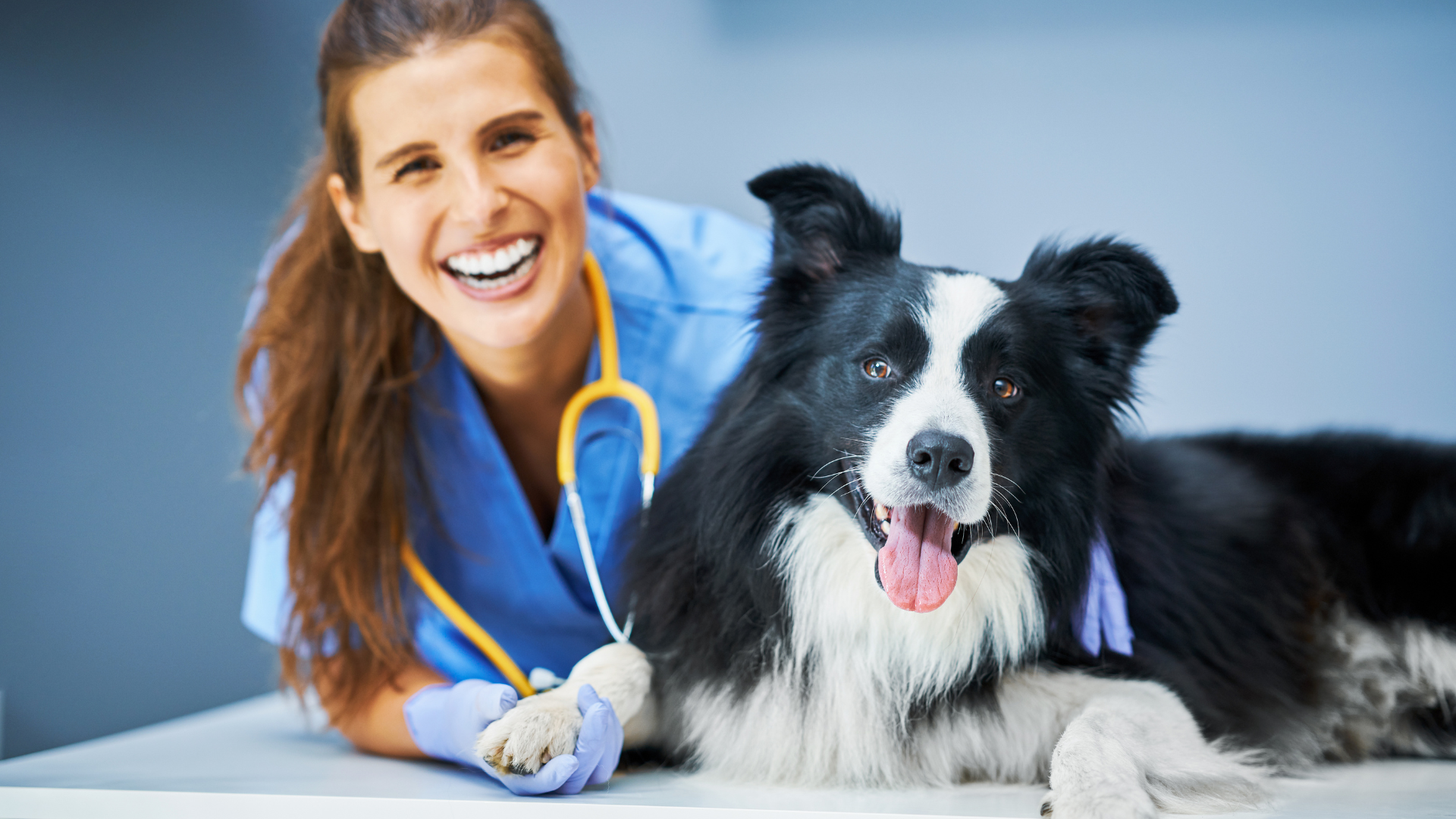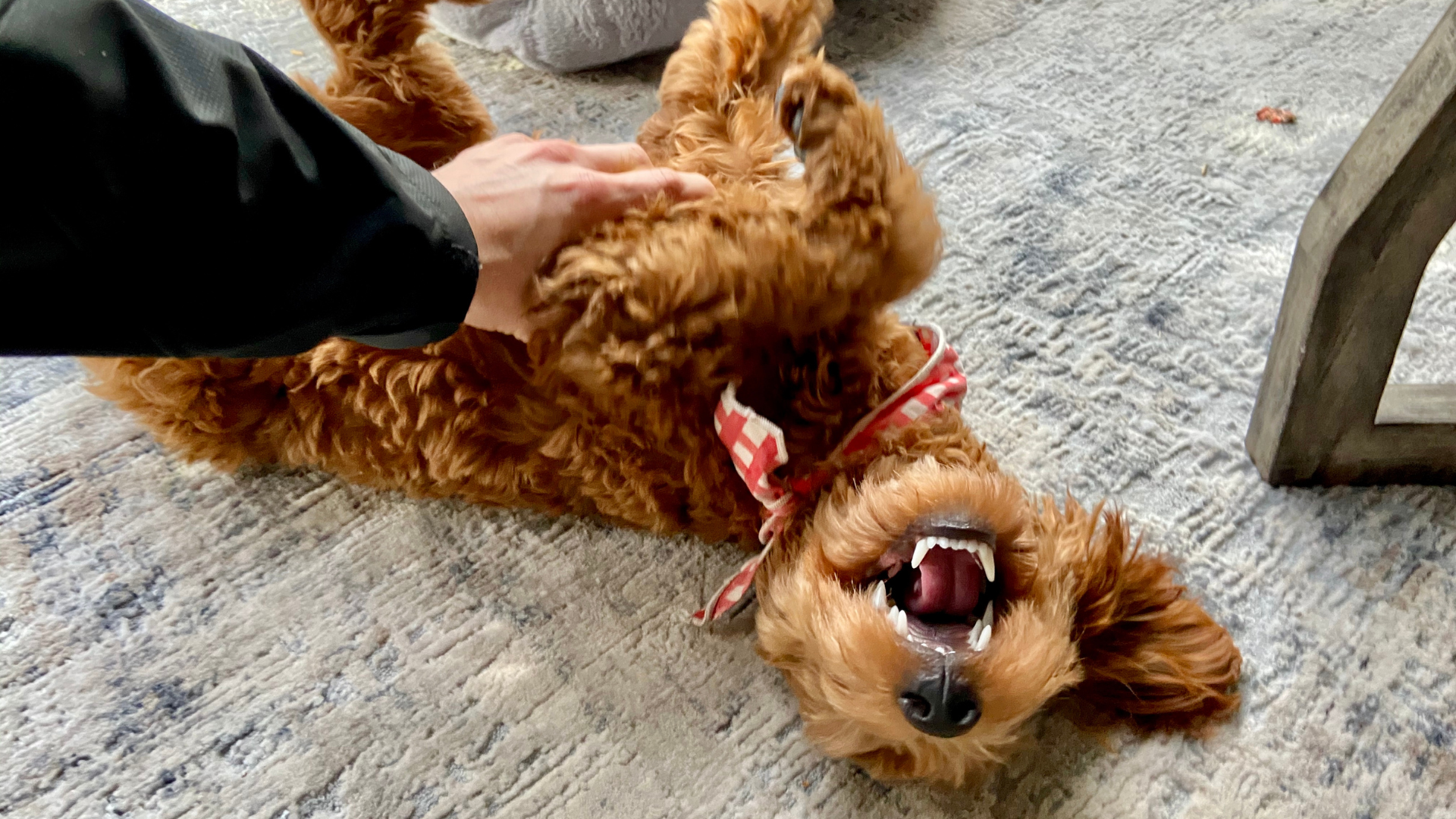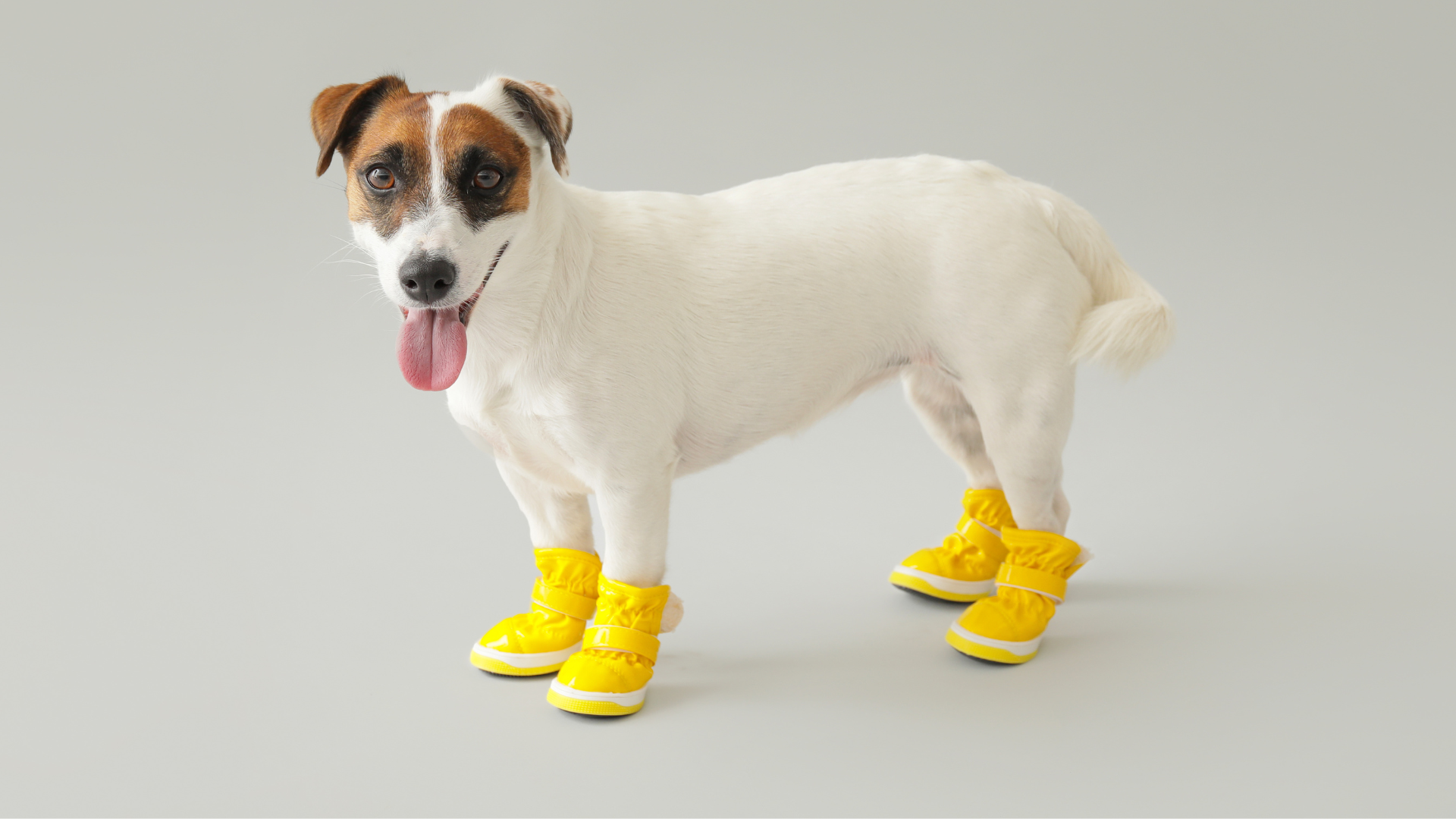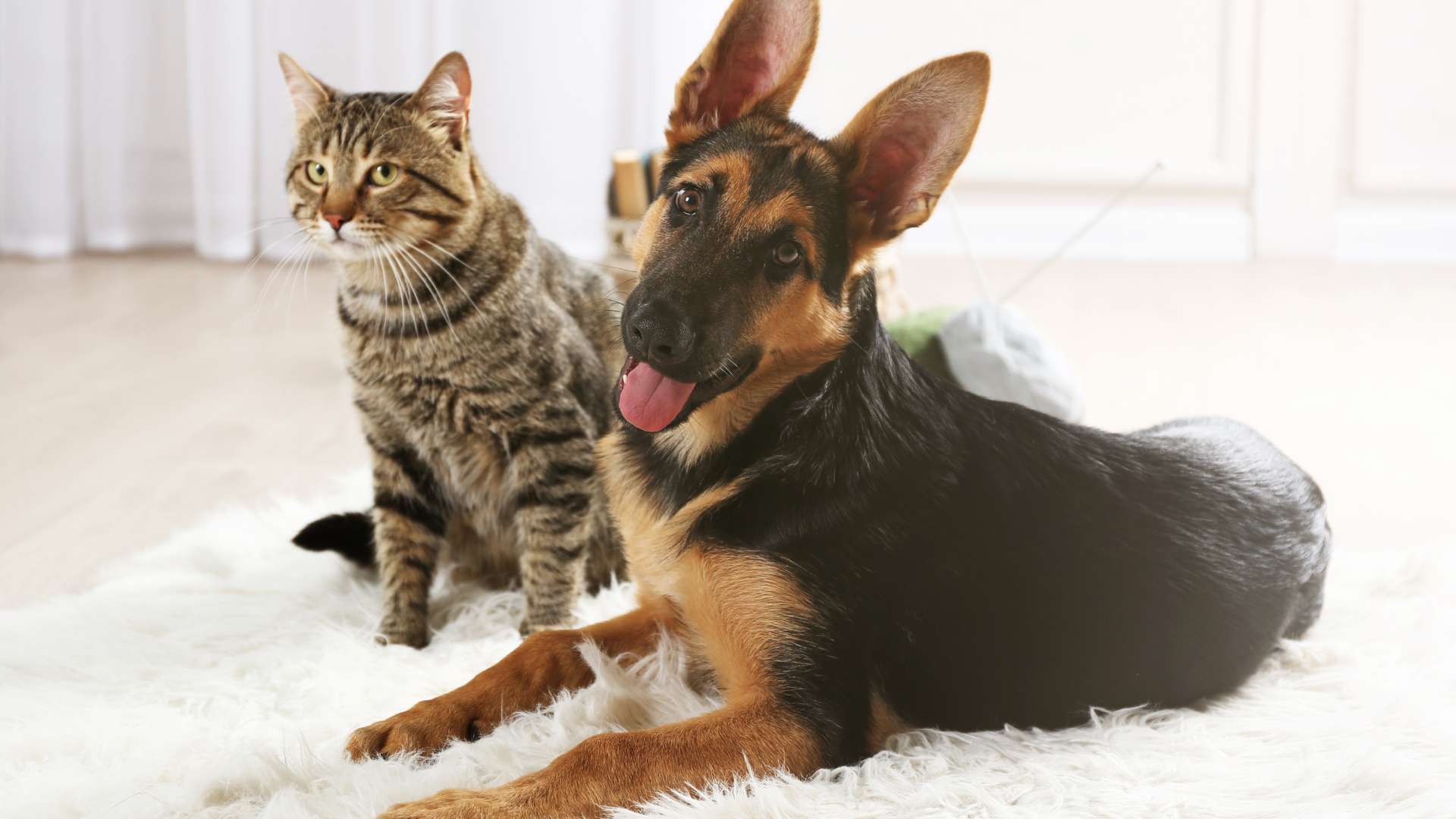Our pets’ eyes don’t just reflect their emotions—they can also reveal important clues about their overall health. In the YouTube video “5 SIGNS of EYE PROBLEMS in DOGS and CATS (That You Must NEVER Ignore) 👀🐶🐱” by AnimalWised, viewers are guided through five critical symptoms that every pet parent should watch out for. Ignoring these signs can put your furry friends at risk of pain, infection, or even permanent vision loss.
This blog unpacks the insights from the video, giving you a comprehensive guide to better understand eye health in dogs and cats and why early veterinary care is essential.
Why Your Pet’s Eyes Are a Window to Their Health
Just like humans, pets’ eyes can reflect changes in their bodies long before other symptoms appear. From redness to unusual discharge or sudden behavioral changes, the eyes can tell us when something isn’t right. Regular observation of your pet’s eyes should be as much a part of your care routine as keeping your home clean with safe products like Carpet Deodorizers or All-Purpose Cleaners.
Redness in the Eyes
Red eyes may look like simple irritation, but they can signal conditions such as:
-
Conjunctivitis (pink eye)
-
Corneal ulcers
-
Glaucoma
These conditions vary in severity but can escalate quickly. For example, glaucoma is an emergency that can cause irreversible damage in hours. If you notice redness, don’t wait—it’s time to call your vet.
Green or Yellow Eye Discharge
A healthy eye may produce clear tears, but green or yellow discharge is a warning sign. It often indicates:
-
Bacterial or viral infections
-
Tear duct blockages
-
Abnormal tear fluid production
This symptom isn’t just about cleanliness—it reflects a deeper problem. While cleaning up after pets may require eco-friendly Laundry Powders for bedding or mats, the real solution lies in seeking veterinary care for proper treatment.
Closed Eye or Excessive Blinking
If your dog or cat keeps one eye closed or blinks excessively, it means they’re in pain. This reflex, called blepharospasm, can be caused by corneal injuries, ulcers, or foreign objects stuck in the eye. Because pets can’t tell us when they’re hurting, these signs should be treated as urgent.
Sudden Changes in Eye Color or Appearance
Has your pet’s eye suddenly changed color, developed spots, or looked cloudier than usual? These changes could point to:
-
Uveitis (inflammation inside the eye)
-
Cataracts
-
Other degenerative conditions
Any sudden alteration in your pet’s eye appearance warrants immediate veterinary attention. Catching these problems early can make the difference between maintaining vision and permanent loss.
Vision Problems and Behavioral Changes
Sometimes eye issues show up not in the eye itself, but in your pet’s behavior. Look for signs like:
-
Bumping into furniture or walls
-
Hesitation in dark areas
-
Disorientation or confusion
These cues may indicate partial or complete vision loss. While home adjustments can help—like keeping furniture consistent—professional evaluation is essential to determine the root cause.
Why Regular Eye Checks Matter
The AnimalWised video stresses one key takeaway: prevention is better than cure. Regularly checking your pet’s eyes helps catch problems early, ensuring treatments are more effective and less invasive. Combining observation with timely veterinary visits creates a safety net for your pet’s long-term health.
This approach is similar to maintaining a clean, safe household. Just as we use Carpet Deodorizers, Laundry Powders, and All-Purpose Cleaners to create a healthy home environment, regular eye assessments help preserve your pet’s comfort and quality of life.
Key Takeaways for Pet Parents
-
Red eyes may be more than irritation—conditions like glaucoma progress rapidly.
-
Green or yellow discharge requires professional diagnosis and treatment.
-
Closed eyes or frequent blinking indicate pain and demand immediate care.
-
Sudden changes in color or appearance should never be ignored.
-
Behavioral changes like bumping into objects can signal vision loss.
-
Routine eye monitoring and quick vet consultations are essential.
Protecting Your Pet’s Health and Happiness
Eye problems in pets aren’t just about discomfort—they can impact their independence, safety, and overall well-being. As responsible pet parents, noticing these signs and acting quickly ensures our companions stay healthy and happy.
To learn more about pet health, home care, and natural solutions for a fresher living space, explore our blog hub or visit our main page to see our full collection of eco-conscious products designed for homes with pets.
